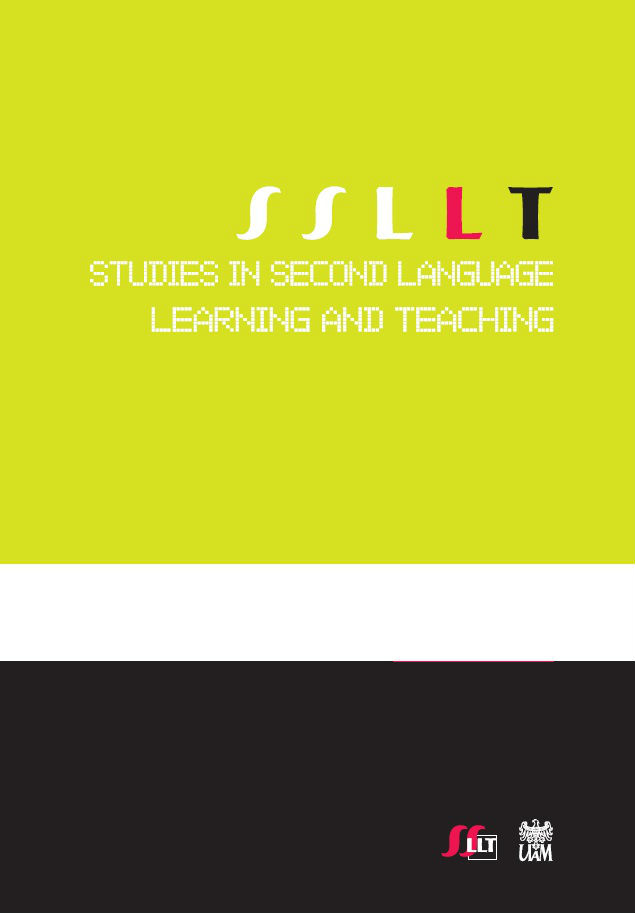The link between Foreign Language Classroom Anxiety,Second Language Tolerance of Ambiguity and Self-rated English proficiency among Chinese learners
The link between Foreign Language Classroom Anxiety, Second Language Tolerance of Ambiguity and Self-rated English proficiency among Chinese learners
Author(s): Jean-Marc Dewaele, Tsui Shan IpSubject(s): Foreign languages learning
Published by: Wojskowe Biuro Historyczne im. gen. broni Kazimierza Sosnkowskiego
Keywords: Foreign Language Anxiety; Tolerance of Ambiguity; English as a Foreign Language; Foreign Language Classroom Anxiety Scale (FLCAS); Second Language Tolerance of Ambiguity Scale (SLTAS); Self-rated proficiency
Summary/Abstract: Previous research has suggested that high levels of Foreign Language Classroom Anxiety (FLCA) have a negative effect on foreign language learning (Horwitz, 2001; Lu & Liu, 2011) while moderate levels of Second Language Tolerance of Ambiguity (SLTA) are believed to boost foreign language learning (Ely, 1995). There is prima facie evidence that both dimensions are inversely related as Foreign Language Learning contexts are full of ambiguities which may contribute to anxiety. However, the relationship between FLCA and SLTA has been under-researched. The present study is an attempt to fill this gap by investigating the link between SLTA and FLCA in English of 73 secondary school students in Hong Kong. They filled out an online questionnaire consisting of the Foreign Language Classroom Anxiety Scale (Horwitz, Horwitz, & Cope, 1986) and the Second Language Tolerance of Ambiguity Scale (Ely, 1995). Statistical analyses revealed that FLCA, SLTA and Self-rated English proficiency predict half of the variance in each other; in other words, students who were more tolerant of second language ambiguity were less anxious in their EFL classes and they also felt more proficient.
Journal: Studies in Second Language Learning and Teaching
- Issue Year: III/2013
- Issue No: 1
- Page Range: 47-66
- Page Count: 20
- Language: English

